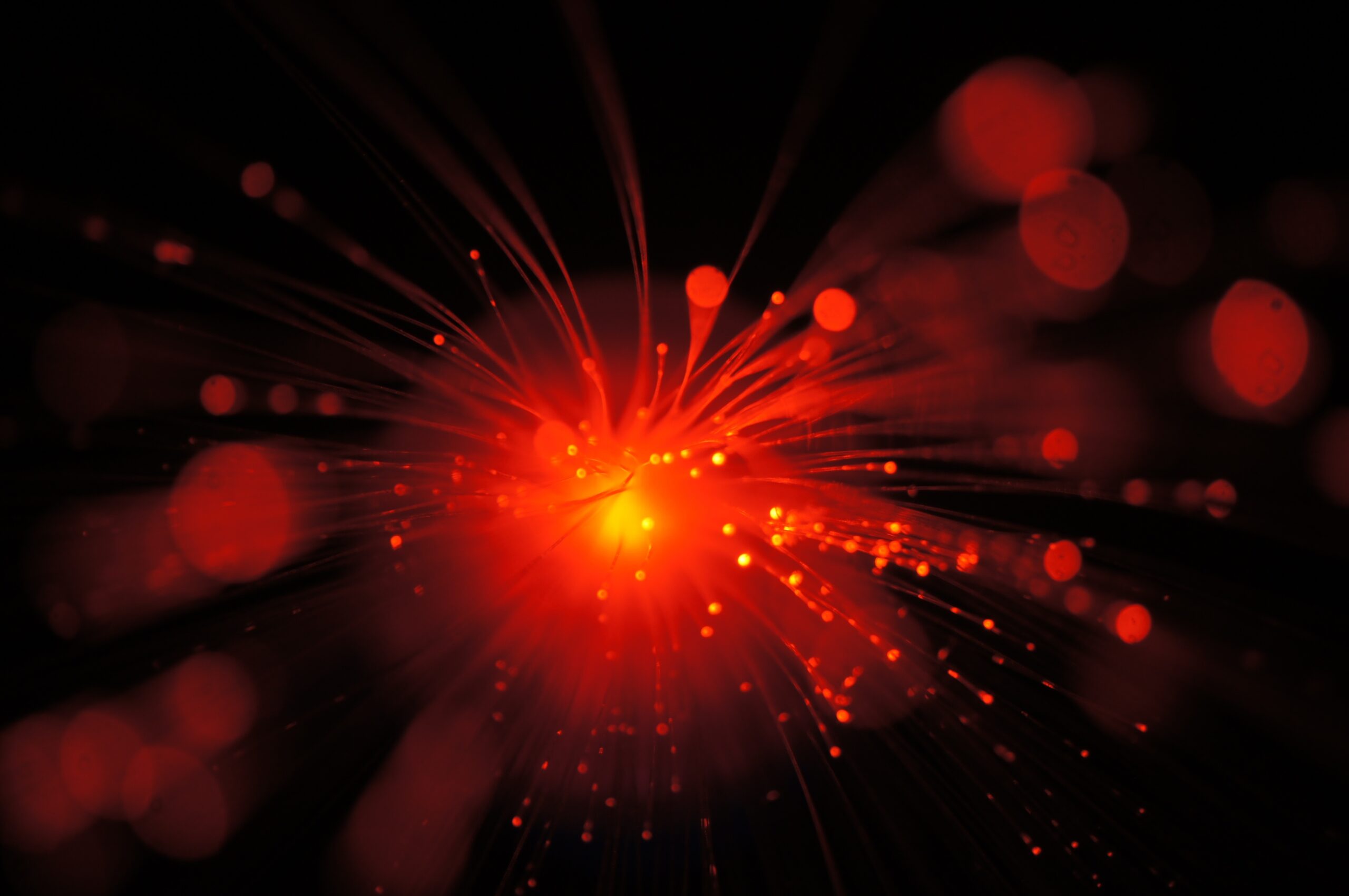Unraveling the Universe: Discoveries from the Dark Energy Survey

The big brains of the Dark Energy Survey (DES) have done it, folks! They've released their definitive results, based on the biggest, deepest, and most uniform supernova sample we've ever seen. Now, what does all that mean in human language? Let's break it down.
Supernovae are these massive explosions that happen when a star reaches the end of its life. Yeah, stars don't just fade out; they go out with a big bang! This sends out a bunch of energy, and scientists believe that this could be a clue to what's causing the universe to expand at an accelerating rate (a phenomenon known as dark energy).
So, the DES folk spent six years examining 10 square degrees of the southern sky (that's about 40 times the size of the full moon). They used the Dark Energy Camera, which, despite its sinister name, is just a really powerful camera that can capture the light from supernovae billions of light-years away!
They identified 226 Type Ia supernovae, which are a particular type of supernova that always explode with the same amount of energy. This makes them a sort of cosmic yardstick, allowing scientists to measure distances in the universe.
Their analysis shows that the universe is about 13.8 billion years old (still younger than the age on your fake ID), and that our universe is composed of 74% dark energy, 21% dark matter, and only about 5% normal matter (like stars, planets, and you and me).
One of the team's biggest achievements was improving the measurements of the “Hubble Constant,” a value that describes how fast the universe is expanding. There's been a bit of a kerfuffle in the scientific community because different methods have been giving different values for this constant. The DES's new value should help to settle things down.
The DES's work is a huge leap forward for our understanding of the cosmos. But don't worry if you're feeling a bit lost in space – the DES's findings are still being reviewed and debated by other scientists. So, hold onto your telescopes, folks! This story is far from over.
